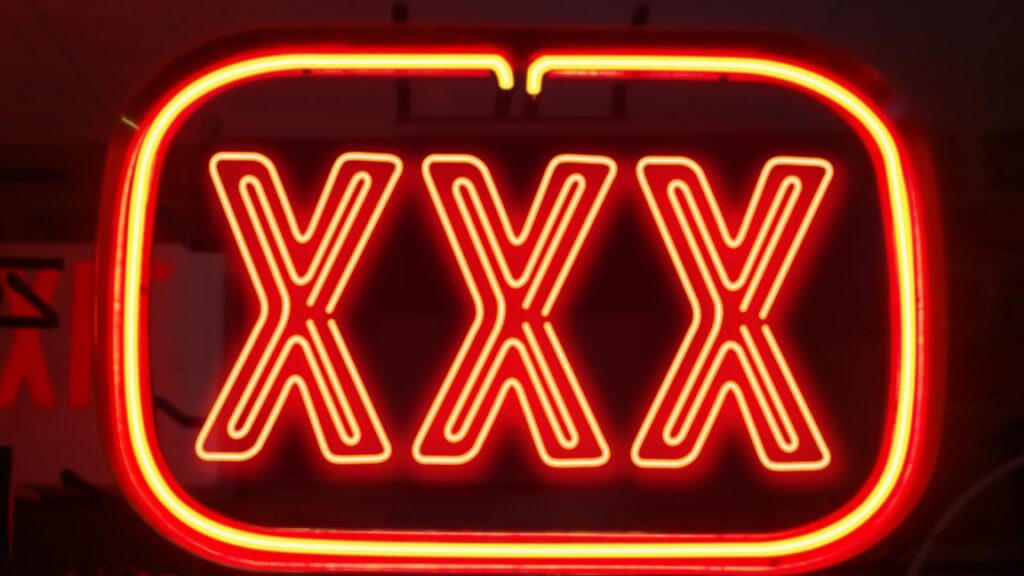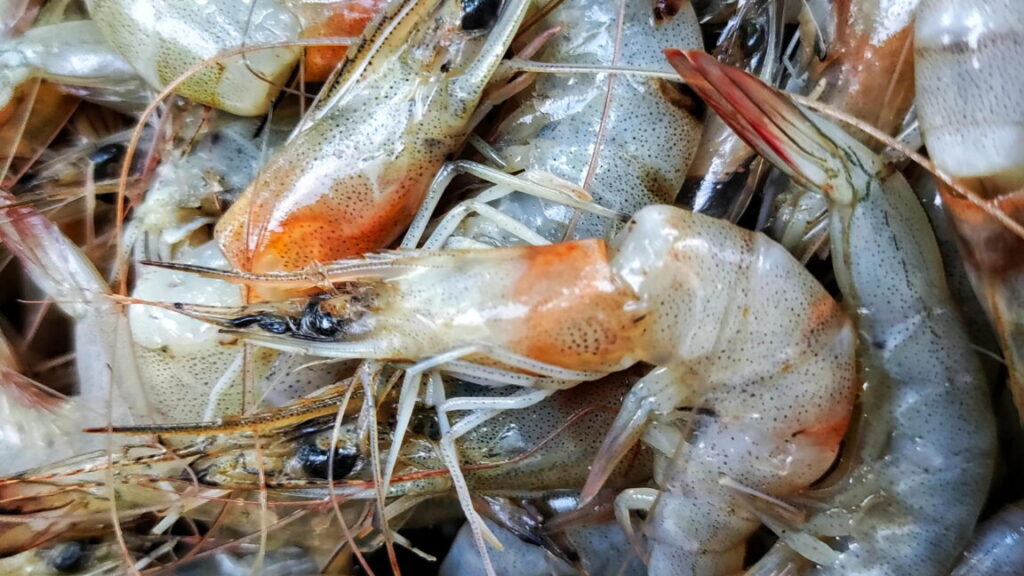Pornhub is urging tech giants to enact device-based age verification
The company is pushing for an alternative way to keep minors from viewing porn.
In letters sent to Apple, Google, and Microsoft this week, Pornhub’s parent company urged the tech giants to support device-based age verification in their app stores and across their operating systems, WIRED has learned.
“Based on our real-world experience with existing age assurance laws, we strongly support the initiative to protect minors online,” reads the letter sent by Anthony Penhale, chief legal officer for Aylo, which owns Pornhub, Brazzers, Redtube, and YouPorn. “However, we have found site-based age assurance approaches to be fundamentally flawed and counterproductive.”
The letter adds that site-based age verification methods have “failed to achieve their primary objective: protecting minors from accessing age-inappropriate material online.” Aylo says device-based authentication is a better solution for this issue because once a viewer’s age is determined via phone or tablet, their age signal can be shared over its application programming interface (API) with adult sites.
The letters were sent following the continued adoption of age verification laws in the US and UK, which require users to upload an ID or other personal documentation to verify that they are not a minor before viewing sexually explicit content; often this requires using third-party services. Currently, 25 US states have passed some form of ID verification, each with different provisions.
Pornhub has experienced an enormous dip in traffic as a result of its decision to pull out of most states that have enacted these laws. The platform was one of the few sites to comply with the new law in Louisiana but doing so caused traffic to drop by 80 percent. Similarly, since implementation of the Online Safety Act, Pornhub has lost nearly 80 percent of its UK viewership.
The company argues that it’s a privacy risk to leave age verification up to third-party sites and that people will simply seek adult content on platforms that don’t comply with the laws.
“We have seen an exponential surge in searches for alternate adult sites without age restrictions or safety standards at all,” says Alex Kekesi, vice president of brand and community at Pornhub.
She says she hopes the tech companies and Aylo are able to find common ground on the matter, especially given the recent passage of the Digital Age Assurance Act (AB 1043) in California. “This is a law that’s interesting because it gets it almost exactly right,” she says. Signed into law in October, it requires app store operators to authenticate user ages before download.
According to Google spokesperson Karl Ryan, “Google is committed to protecting kids online, including by developing and deploying new age assurance tools like our Credential Manager API that can be used by websites. We don’t allow adult entertainment apps on Google Play and would emphasize that certain high-risk services like Aylo will always need to invest in specific tools to meet their own legal and responsibility obligations.”
Microsoft declined to comment, but pointed WIRED to a recent policy recommendation post that said “age assurance should be applied at the service level, target specific design features that pose heightened risks, and enable tailored experiences for children.”
Apple likewise declined to comment and instead pointed WIRED to its child online safety report and noted that web content filters are turned on by default for every user under 18. A software update from June specified that Apple requires kids who are under 13 to have a kid account, which also includes “app restrictions enabled from the beginning.” Apple currently has no way of requiring every single website to integrate an API.
According to Pornhub, age verification laws have led to ineffective enforcement. “The sheer volume of adult content platforms has proven to be too challenging for governments worldwide to regulate at the individual site or platform level,” says Kekesi. Aylo claims device-based age verification that happens once, on a phone or computer, will preserve user privacy while prioritizing safety.
Recent Studies by New York University and public policy nonprofit the Phoenix Center suggest that current age verification laws don’t work because people find ways to circumvent them, including by using VPNs and turning to sites that don’t regulate their content.
“Platform-based verification has been like Prohibition,” says Mike Stabile, director of public policy at the Free Speech Coalition. “We’re seeing consumer behavior reroute away from legal, compliant sites to foreign sites that don’t comply with any regulations or laws. Age verification laws have effectively rerouted a massive river of consumers to sites with pirated content, revenge porn, and child sex abuse material.” He claims that these laws “have been great for criminals, terrible for the legal adult industry.”
With age verification and the overall deanonymizing of the internet, these are issues that will now face nearly everyone, but especially those who are politically disfavored. Sex workers have been dealing with issues like censorship and surveillance online for a long time. One objective of Project 2025, MAGA’s playbook for President Trump’s second term, has been to “back door” a national ban on porn through state laws.
The current surge of child protection laws around the world is driving a significant change in how people engage with the internet, and is also impacting industries beyond porn, including gaming and social media. Starting December 10 in Australia, in accordance with the government’s social media ban, kids under 16 will be kicked off Facebook, Instagram, and Threads.
Ultimately, Stabile says that may be the point. In the US, “the advocates for these bills have largely fallen into two groups: faith-based organizations that don’t believe adult content should be legal, and age verification providers who stand to profit from a restricted internet.” The goal of faith-based organizations, he says, is to destabilize the adult industry and dissuade adults from using it, while the latter works to expand their market as much as possible, “even if that means getting in bed with right-wing censors.”
But the problem is that “even well-meaning legislators advancing these bills have little understanding of the internet,” Stabile adds. “It’s much easier to go after a political punching bag like Pornhub than it is Apple or Google. But if you’re not addressing the reality of the internet, if your legislation flies in the face of consumer behavior, you’re only going to end up creating systems that fail.”
Adult industry insiders I spoke to in August explained that the biggest misconception about the industry is that it is against self-regulation when that couldn’t be further from the truth. “Keeping minors off adult sites is a shared responsibility that requires a global solution,” Kekesi says. “Every phone, tablet, or computer should start as a kid-safe device. Only verified adults should unlock access to things like dating apps, gambling, or adult content.” In 2022, Pornhub created a chatbot that urges people searching for child sexual abuse content to seek counseling; the tool was introduced following a 2020 New York Times investigation that alleged the platform had monetized videos showing child abuse. Pornhub has since started releasing annual transparency reports and tightened its verification process of performers and for video uploads.
According to Politico, Google, Meta, OpenAI, Snap, and Pinterest all supported the California bill. Right now that law is limited to California, but Kekesi believes it can work as a template for other states.
“We obviously see that there’s kind of a path forward here,” she says.
This story originally appeared at WIRED.com
Pornhub is urging tech giants to enact device-based age verification Read More »

















